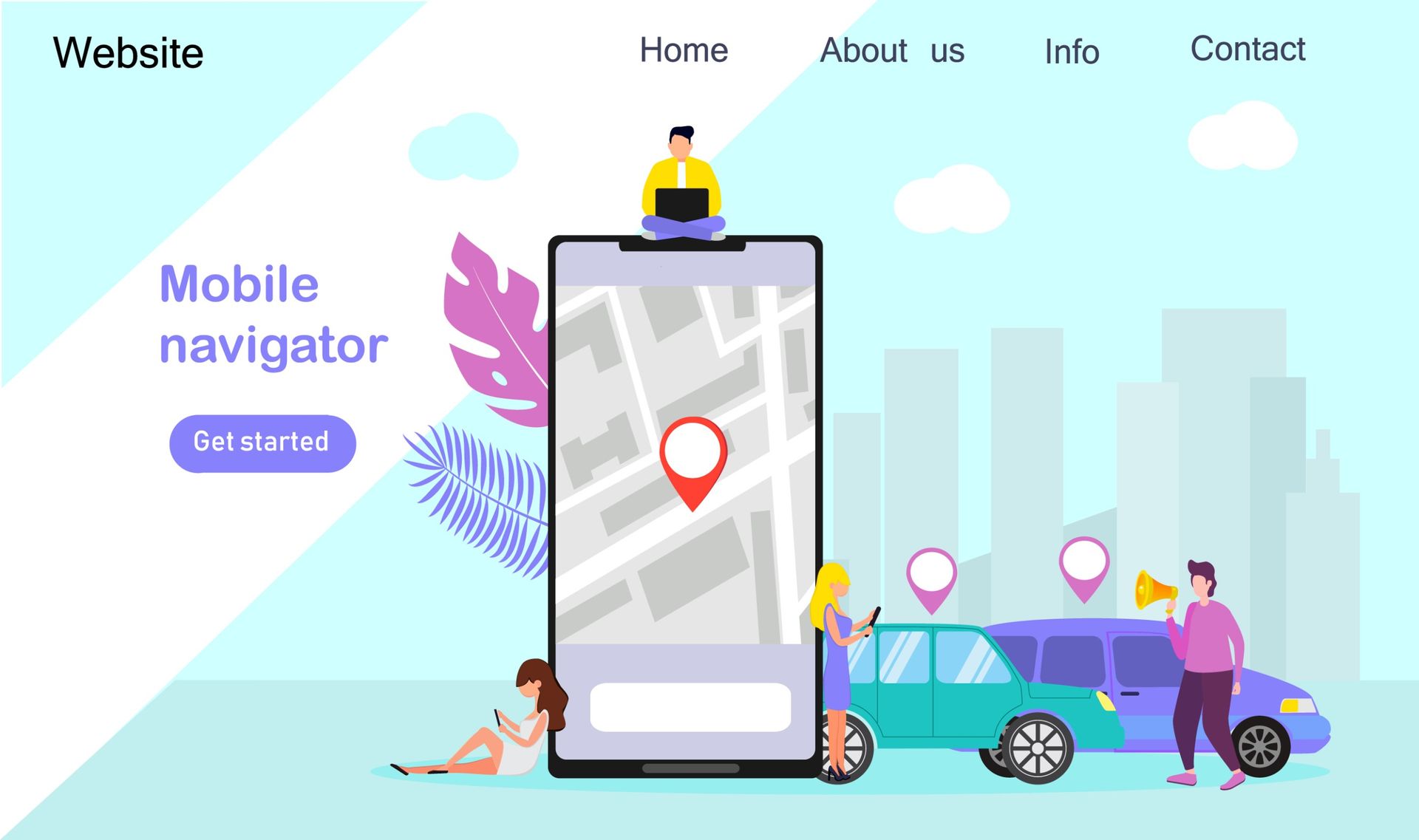How To Get Customers and Sell More with Online Advertising
Online advertising is an essential tool for any business looking to grow. It allows you to reach a wider audience quickly and efficiently.
With the right strategies, you can turn interested viewers into loyal customers. This blog will guide you through the basics of online advertising.
We’ll cover how to target your ads, choose the right platforms, and measure success. Whether you're just starting out or looking to improve your current efforts, this guide will help you maximize your advertising potential and boost sales.
Understanding Your Audience
Knowing who your customers are will help tailor your messages to their needs and preferences, ultimately driving better engagement and conversion rates.
- Identify Demographics: Age, gender, income level, and location.
- Analyze Behavior: What are their interests? Which websites do they visit? What are their purchasing habits?
- Segment Your Audience: Group your customers based on similar characteristics to create more personalized advertising campaigns.
Choosing the Right Platforms
Selecting the best platforms for your online advertising is crucial for reaching your target audience effectively. Different platforms offer various features, targeting options, and user demographics, making it important to understand where your potential customers are most active.
Popular Advertising Platforms
Google Ads:
- Reach: High due to its vast network.
- Bidding options: CPC, CPM, CPA.
- Best for: Search intent; attracting users actively looking for your products or services.
Facebook Ads:
- Reach: Extensive with detailed user data.
- Targeting: Highly specific based on interests, behaviors, and demographics.
- Best for: Visual and engaging content that encourages social interaction.
Instagram Ads:
- Demographics: Younger audience.
- Features: Stories, carousel posts, and shoppable tags.
- Best for: Visually appealing products and brands.
LinkedIn Ads:
- Focus: Professional and B2B marketing.
- Targeting: Job titles, industries, and company sizes.
- Best for: Lead generation and network building in professional contexts.
Setting Up Your Campaigns
To create effective ad campaigns, you should follow these steps:
- Define Goals: Whether to increase brand awareness, drive website traffic, or boost sales.
- Create Compelling Content: Use high-quality visuals and engaging copy to attract attention.
- Utilize Keywords: Include trending keywords such as "digital marketing", "online advertising", "SEO", "social media", and "brand awareness". This will help improve your SEO ranking and ensure your ads appear in relevant searches.
- Monitor and Optimize: Track the performance of your ads and make data-driven adjustments to maximize ROI.
Crafting Compelling Ads
Creating ads that capture attention and drive action is both an art and a science. Here are key elements to focus on for your online advertising success:
1. Captivating Headlines
- Your headline is the first thing viewers see, so make it intriguing.
- Use numbers or questions to pique curiosity.
2. Eye-Catching Visuals
- High-quality images or videos are essential for grabbing attention.
- Ensure your visuals align with your brand’s aesthetics and message.
- Example: Bright colors, clear product shots, and lifestyle images.
3. Persuasive Copy
- Keep it short, simple, and impactful.
- Highlight key benefits and unique selling points.
- Include a clear call-to-action (CTA) like "Shop Now", "Learn More", or "Sign Up".
4. Strategic Use of Keywords
- Integrate keywords naturally in your ad copy.
Setting and Managing Budgets
Effectively managing your advertising budget is essential to maximize the return on investment (ROI) and ensure that you get the most out of your online advertising efforts. Follow these steps to set and manage your budgets successfully:
Assess Your Overall Budget
- Determine Total Spend: Calculate how much you can afford to allocate to online advertising without straining other business areas.
- Allocate Wisely: Split your total budget across different platforms based on where your audience is most active and which channels have historically driven the best results for your industry.
Set Campaign Budgets
- Daily vs. Lifetime Budget: Decide between setting a daily budget (amount spent per day) or a lifetime budget (total amount spent over the campaign’s duration).
- Prioritize Campaigns: Allocate more budget to high-performing campaigns or those expected to drive the most conversions.
Monitor and Adjust
- Track Spending: Regularly monitor your ad spend compared to the allocated budget.
- Optimize Performance: Adjust bids, pause underperforming ads, and reallocate budget to successful campaigns.
- Use A/B Testing: Test different versions of your ads to see which performs better and allocate more budget to the winners.
Measuring Success
To ensure your online advertising campaigns are effective, it's crucial to measure and analyze their success. This way, you can optimize your strategies and maximize your return on investment (ROI).
Key Performance Indicators (KPIs)
- Click-Through Rate (CTR): Measures the percentage of people who click on your ad after seeing it. A higher CTR indicates that your ad is relevant and compelling to your audience.
- Conversion Rate: Shows the percentage of ad viewers who complete a desired action, such as making a purchase or signing up for a newsletter. A high conversion rate signals effective targeting and messaging.
- Cost Per Click (CPC): Indicates the amount you pay each time someone clicks on your ad. Monitoring CPC helps manage your budget efficiently.
- Return on Ad Spend (ROAS): Calculates the revenue generated for every dollar spent on advertising. This metric helps determine the overall profitability of your campaigns.
Tools for Measuring Success
A variety of tools can help you track your online advertising performance:
- Google Analytics: Offers detailed insights into how visitors interact with your website after clicking on your ads. Use this data to refine your marketing strategies.
- Facebook Ads Manager: Provides in-depth performance metrics for your Facebook and Instagram ad campaigns, allowing you to tailor your content based on audience behavior.
- Google Ads Dashboard: Offers a comprehensive overview of your Google Ads campaigns, including key metrics like CTR, CPC, and conversion rate.
Tips for Improving ROI
- A/B Testing: Regularly test different versions of your ads to see which performs better. This can involve changes in headlines, images, or CTAs.
- Audience Retargeting: Show ads to users who have previously interacted with your website or social media profiles, as they are more likely to convert.
- Refining Keywords: Continuously update your keyword list by integrating trending keywords such as "digital marketing strategy," "online branding," "SEO optimization," and "social media engagement." This improves your SEO ranking and ensures your ads reach a broader audience.
Ready to take your online advertising to the next level?
Online advertising is a powerful tool for small businesses looking to attract customers and boost sales. By understanding your audience, choosing the right platforms, crafting compelling ads, managing your budget wisely, and measuring success, you can create effective advertising campaigns that drive real results.
Start implementing these strategies today and watch your business grow.











